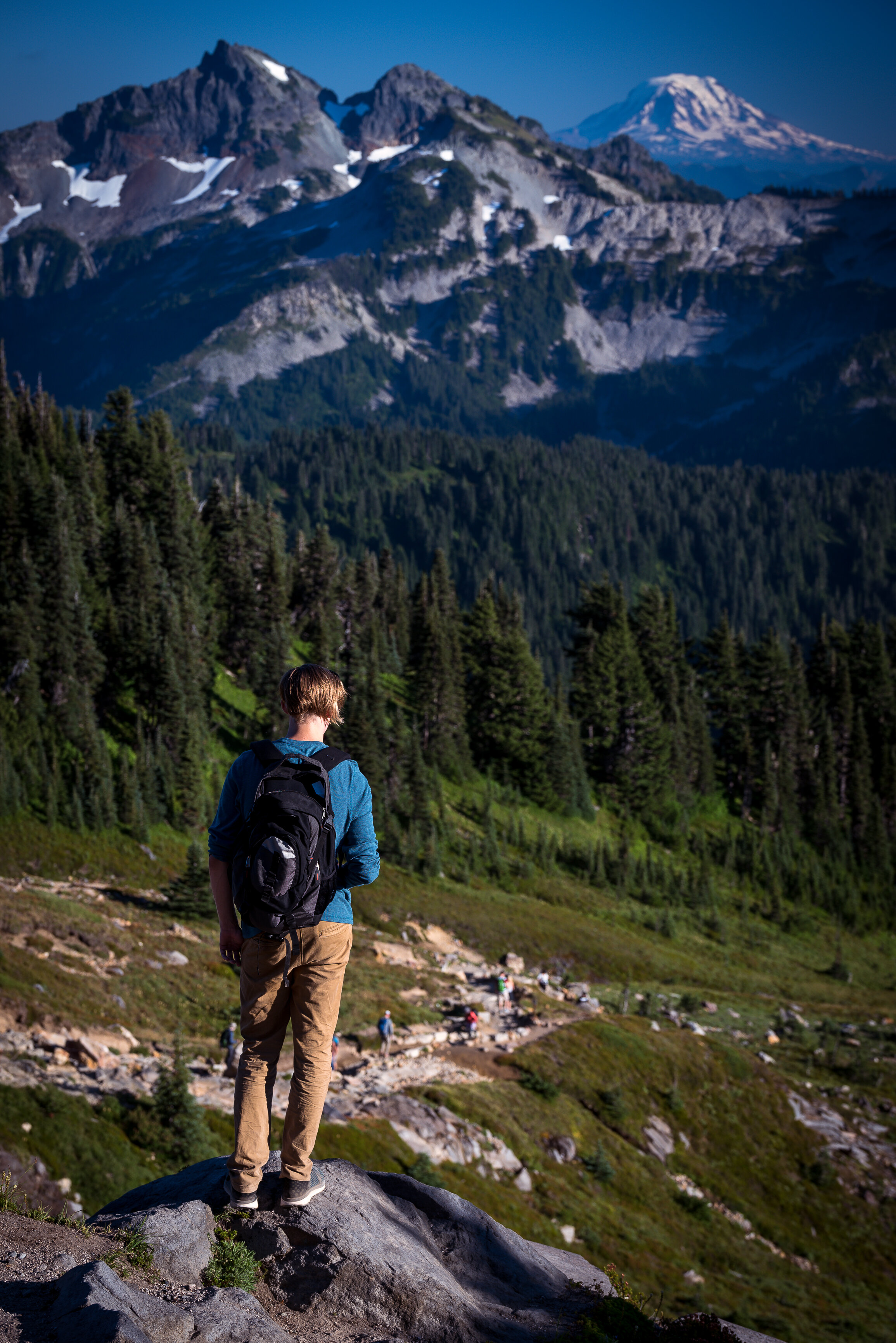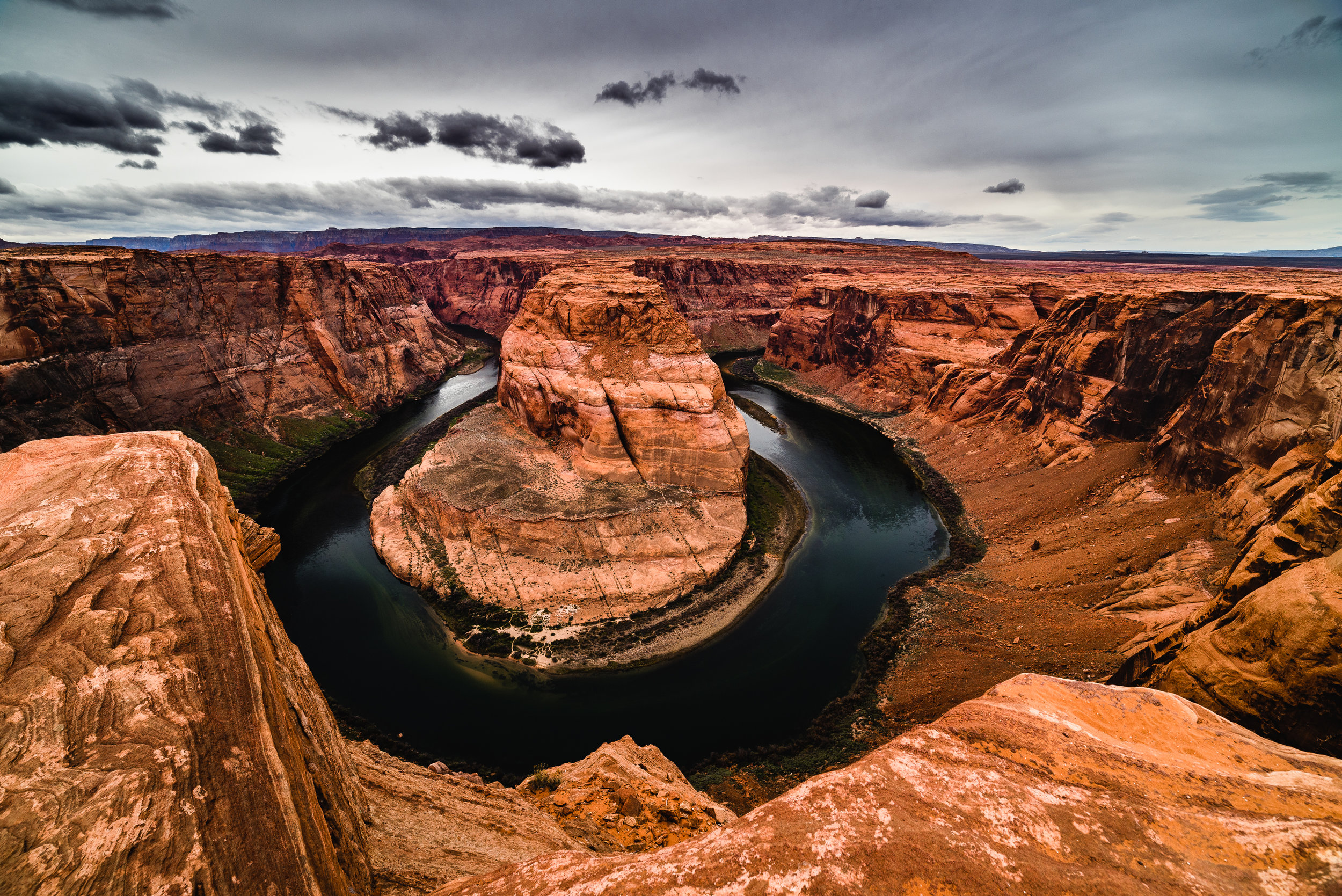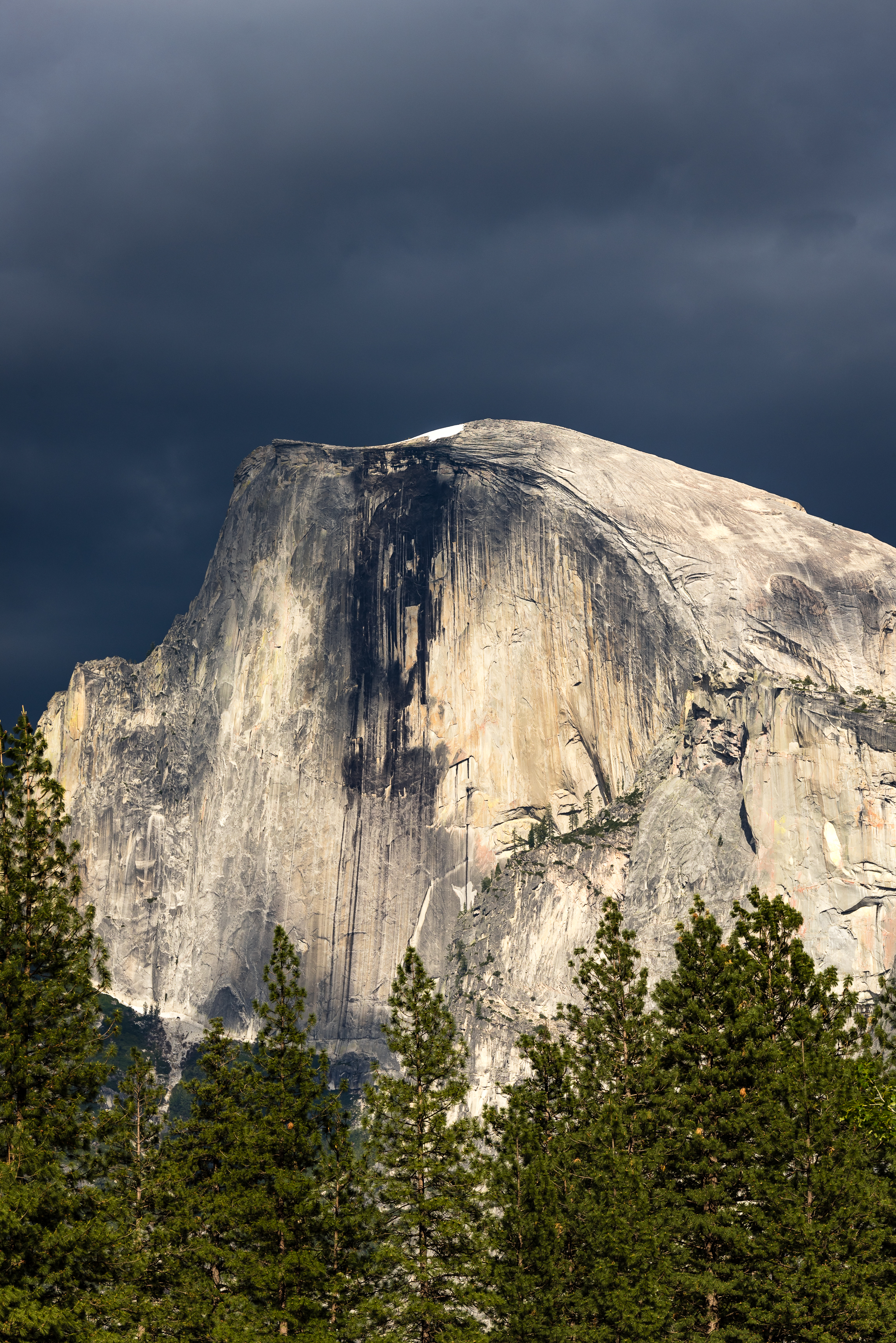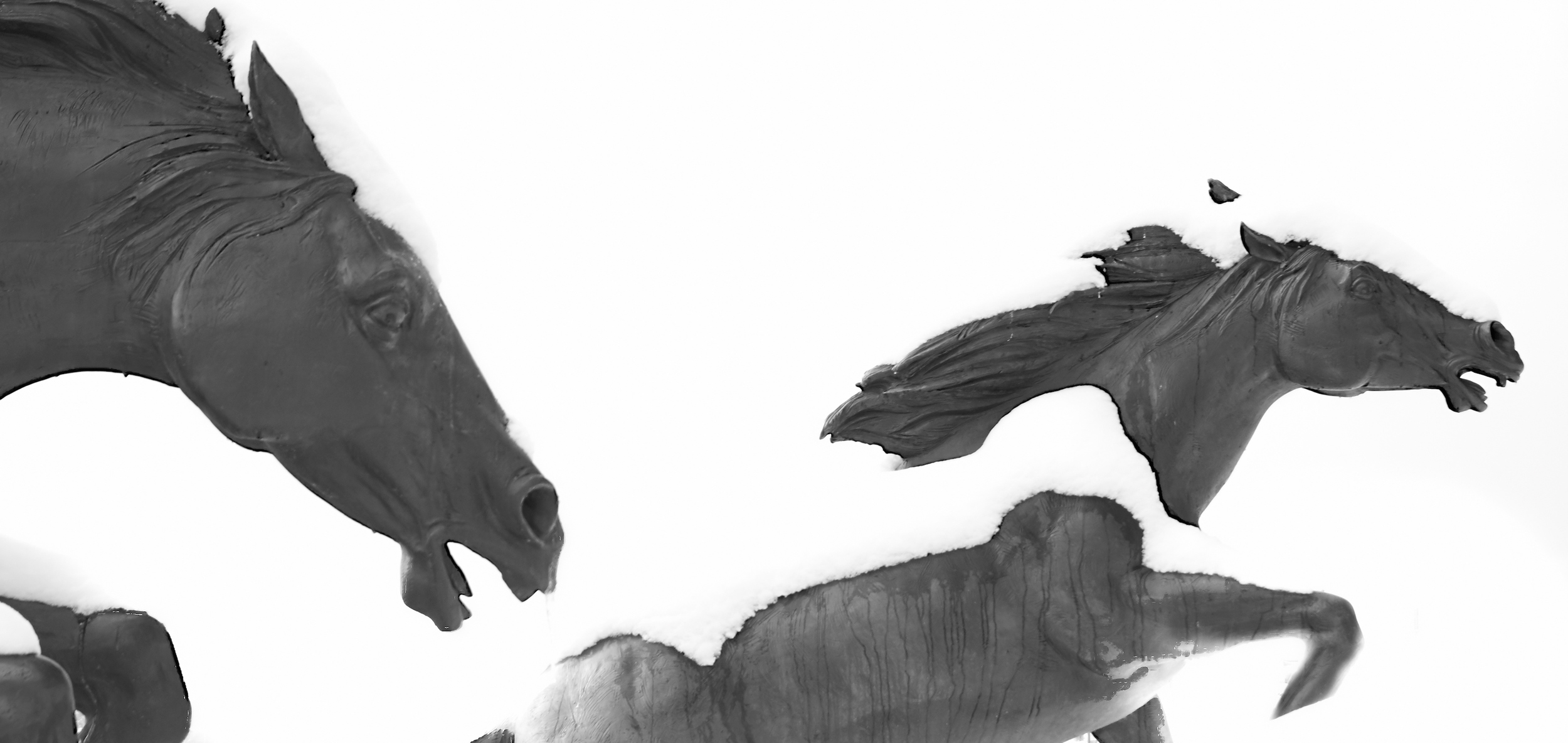The fake blurring of a photo does serve a purpose of cutting out distractions and drawing in a person's focus to what you want them to see, but it is too often they are used when they shouldn't or being overused with too much blur. There are actual lenses that exist for doing these effects without software and they are really cool for isolating a subject or making a toy world look in a big city. They are expensive though and they take a fair amount of skill to use well enough to consistently get a quality effect. That is where these software effects come in and they are nice for replicating the lenses on the cheap. Use them to get to an effect while avoiding making it obvious is what I would suggest because you don't get much control over what is and is not selected to blur. Remember less is more with these tools and you should be fine!
Digital Frames and Boarders
Just don't...
Structure or Clarity
This is going to be affecting the punch of the mid-tones of the image as well as some of the sharpness. I like this slider quite a bit and when used properly it can bring a dull image back to life almost on its own. The problem is that there is a fine line where, when crossed, this will make the photo look overly grungy and gritty. My suggestion is to go to where you like the photo with the slider and then pull back by 30-40%.
Vignetting till theres no corners
Vignettes happen naturally when a lens doesn't properly transmit light evenly across the entire frame. It is common on wide-angle lenses and on lenses with thick filters in front of them. They can have a nice effect when they are very light to draw you into the center of the frame. i tend to get rid of them, but there are reasons to be a fan of the light vignette. The vignettes that are not acceptable are the ones that are so dark or bright (yes there is such a thing as a white vignette) that the corners of the photo are completely gone.
Eye Popping Color










